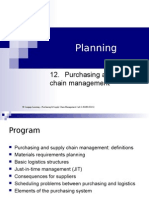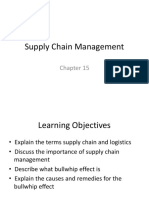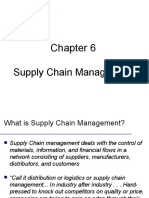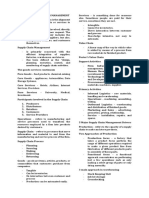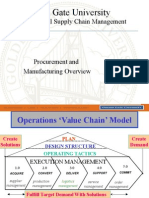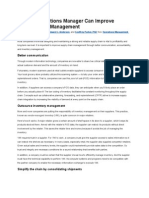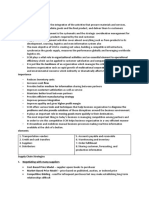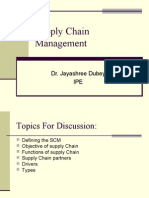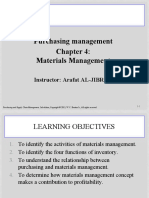0% found this document useful (0 votes)
117 views3 pagesBasic Logistics Structures
The document discusses basic logistics structures and order decoupling points. It describes five basic manufacturing and logistics structures: making and sending to stock, making to central stock, assembly to order, making to order, and engineering and making to order. It also explains the order decoupling point concept and how it relates to the different structures.
Uploaded by
Shamsulfahmi ShamsudinCopyright
© © All Rights Reserved
We take content rights seriously. If you suspect this is your content, claim it here.
Available Formats
Download as PPTX, PDF, TXT or read online on Scribd
0% found this document useful (0 votes)
117 views3 pagesBasic Logistics Structures
The document discusses basic logistics structures and order decoupling points. It describes five basic manufacturing and logistics structures: making and sending to stock, making to central stock, assembly to order, making to order, and engineering and making to order. It also explains the order decoupling point concept and how it relates to the different structures.
Uploaded by
Shamsulfahmi ShamsudinCopyright
© © All Rights Reserved
We take content rights seriously. If you suspect this is your content, claim it here.
Available Formats
Download as PPTX, PDF, TXT or read online on Scribd
/ 3

